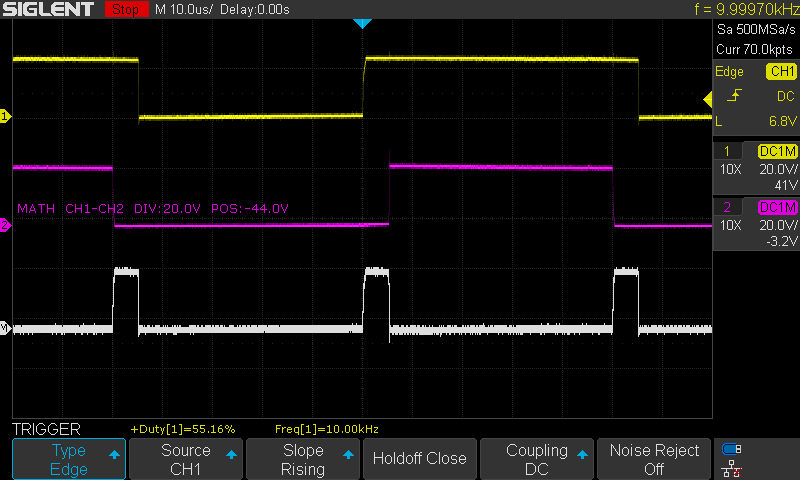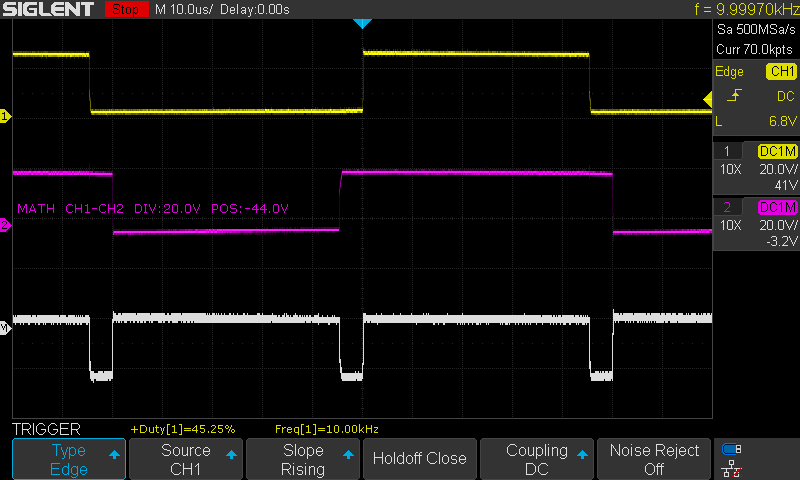Other Parts Discussed in Thread: CONTROLSUITE,
I'm curious which PWM modulation technique is used in the various example projects provided by TI in the Control Suite:
controlSUITE\development_kits\TMDSIDDK_v2.0\IDDK_PM_Servo_F2837x_v2_00_00_00
and also in the Fast Current Library:
controlSUITE\libs\app_libs\motor_control\libs\FCL\v02_00_00_00\lib
As described in this TI blog post, there are many different possible PWM modulation techniques, each with pro's and cons:



